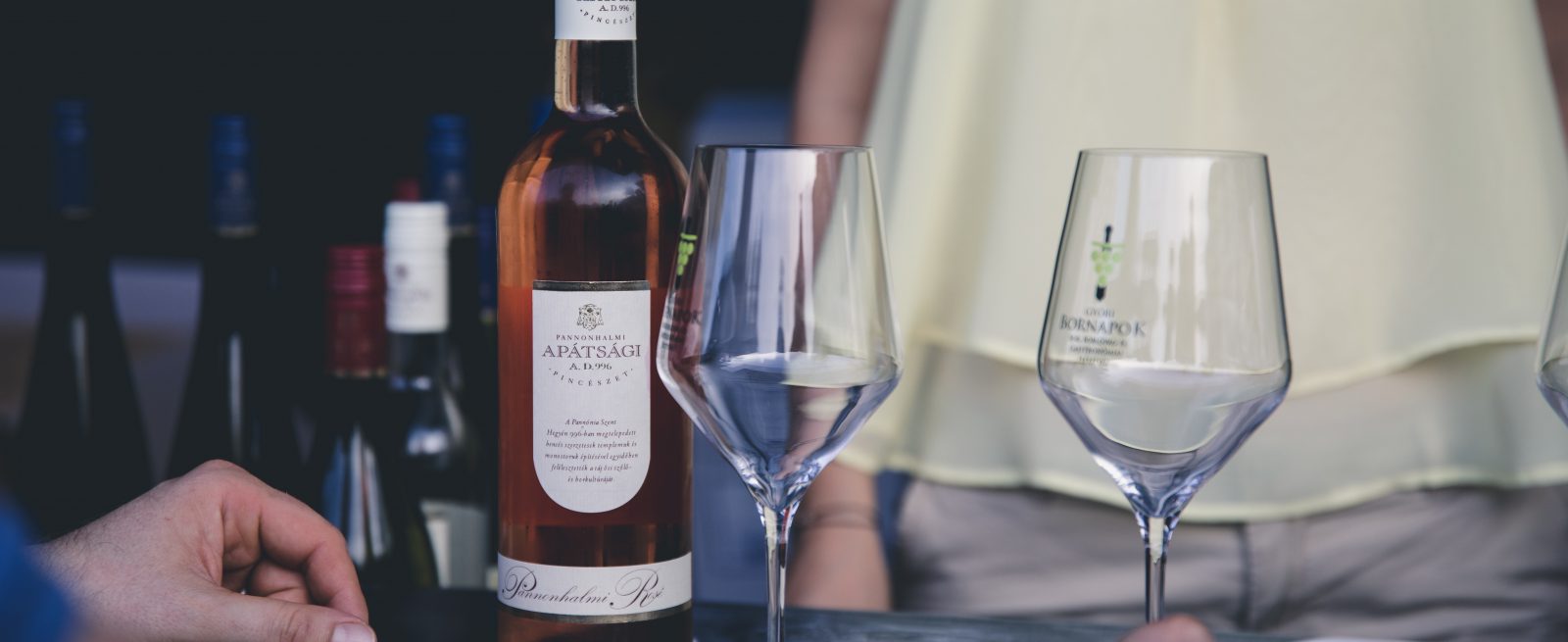Perfect Pairings: How to Build a Wine List (Infographic)
2 Min Read By WebstaurantStore
Building a wine list for your restaurant is a great way to attract new customers and enhance your current menu. Suggested meal pairings are a great way to encourage wine sales! It’s not necessary to have every kind of wine when first building a wine list, but choosing a few of the most versatile, common types of red and white wines will be a great addition to your establishment.
Serving Tips
Red wines are often bold in flavor, great for pairing with savory chicken and beef dishes. It tastes the best when served at room temperature (59 to 64 degrees Fahrenheit), making it easy to serve in a stylish decanter or carafe. Types of red wine to consider include Cabernet Sauvignon, Merlot, and Pinot Noir.
White wines are available in an array of sweet and dry varieties, often being delicious counterparts to herbs, fruits, and cheeses. White wine is served chilled below 55 degrees Fahrenheit. Some “white” wines, such as white merlot or white zinfandel, may also be classified as rosé wines due to their pink color. Types of white wine to consider include Chardonnay, Moscato, and Pinot Grigio.
A wine bucket is an attractive, convenient way to keep white wines at proper temperature while at tables. Directly putting ice into white wine is not advisable, as it can quickly dilute the flavor and color.
Flavor Profiles
The flavor and mouthfeel of wine can vary based on acidity, sugar content, and tannin level. Higher sugar content results in wine with a sweeter flavor, whereas high tannin levels make a wine feel more dry or bitter in the mouth.
Tannins are naturally occurring polyphenol compounds that are found in parts of plants like seeds, bark, wood, leaves, and fruit skins. They are found in many foods including tea leaves, walnuts and almonds, and dark chocolate. When wine is made, some tannins are extracted from the fruit or from the wooden barrels in which the wine is aged. Most wines with higher tannin levels are red wines, though white wines may have tannins if they are aged in wooden barrels.
Wines with higher tannin levels include Cabernet Sauvignon and Petit Verdot while wines with lower tannin levels include such widely recognized wines as Zinfandel, Pinot Noir and Merlot. Offering a selection of sweet and dry wines is key to a successful wine list – not only do certain varieties pair better with select dishes, but some wine drinkers avoid wines high in tannins due to allergies or simply personal preference.
Common Types of Wine
There are countless varietals and blends of wine in the world, all with unique features, but choosing a few popular types of red and white wines from our guide below will get your restaurant’s wine list off to a great start.



